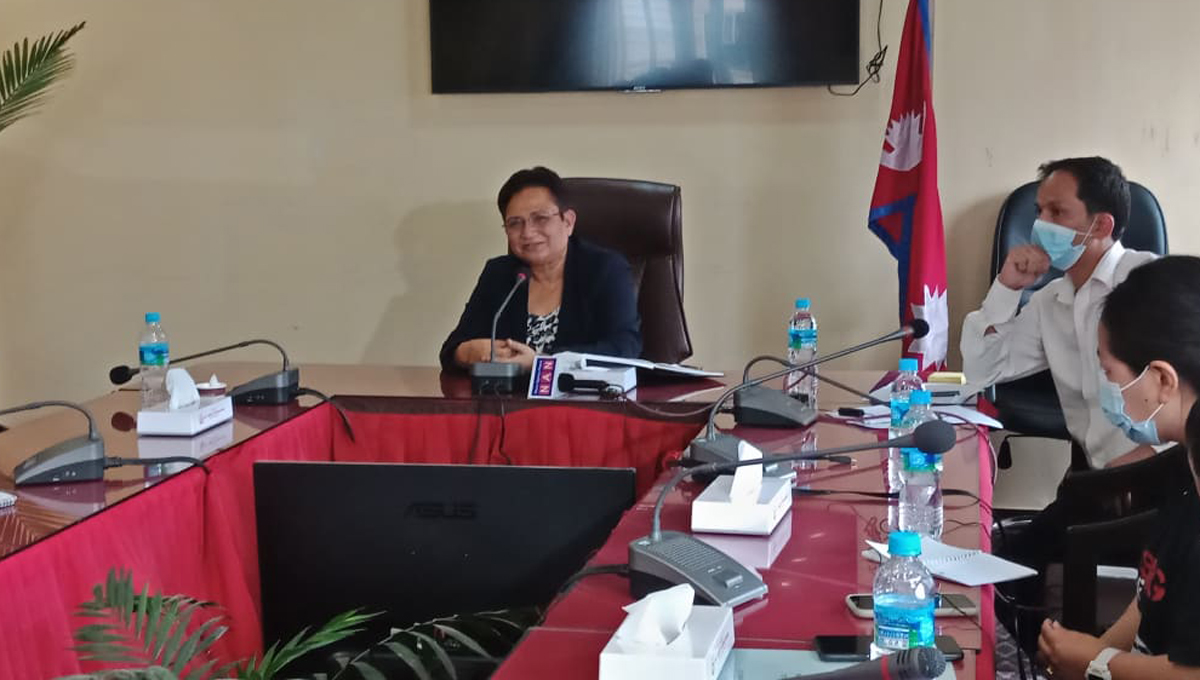Energy Update
India introduces procedure that will allow Nepal to export power to it

At a time when Nepal is keen to enter the Indian power market as it is expected to have surplus power from later this year, India has taken a step toward power trade with neighbouring countries, including Nepal, by introducing the procedure of approval and facilitation of power trade.
In the Procedure for Approval and Facilitating Import/Export (Cross Border) of Electricity by Designed Authority published on Friday, the Central Electricity Authority of India has detailed the process of the country importing and exporting electricity with its neighbours allowing Nepal’s power to be traded into the Indian power exchange market.

But there is a caveat.
The procedure has imposed certain restrictions for trading of power if there is investment from a country with which India shares land border in the generation of such power, which Nepali officials believe is aimed at Chinese investment in the power sector of Nepal given the strained ties between the two geopolitical rivals.

Clause 6.3 of the procedure states, “Indian entities may import electricity from the generation projects located in neighbouring country(ies) directly or through Government or a Government Company or a licensed trader of that country after taking approval of the Designated Authority, provided that the generating company is not owned, directly or indirectly by any natural/legal personality(ies) whose effective control or source of funds or residence of beneficial owner, is situated in/citizen of a third country with whom India shares land border and that third country does not have a bilateral agreement on power sector cooperation with India.”
For any relaxation in this provision, the procedure states that the designated authority of India would consult with India’s Ministry of Power and Ministry of External Affairs. Amid strained relations between India and China due to the border clash in Galwan Valley, India has been restricting Chinese investment in India and this has been extended in power trade with neighbouring countries.
However, the ‘Guideline for Import/Export (Cross Border) of Electricity-2018’, on the basis of which this procedure has been introduced, does not have any provision barring the import of electricity from the projects that have investment from a third country with which India shares its border.
“Even though India introducing the procedure of power trade will help Nepal to export power to India, the restrictive provision in the procedure may discourage foreign investment in Nepal,” a senior official at the Energy Ministry told the Post on condition of anonymity because he had not yet gone through the details of the new procedure.
Similar guidelines introduced in 2016 had certain restrictive provisions such as a project with at least 51 percent stake of an Indian firm or only the state entity of a neighbouring country like the Nepal Electricity Authority would be able to sell electricity to India.
Nepal had continuously lobbied with India against these restrictive provisions citing potential impact on foreign direct investment in the power sector in Nepal. The new guideline introduced in 2018 had removed this provision allowing companies in India and neighbouring countries to trade power independently.
Nepal needs the Indian market to sell its energy as the country is expected to have a surplus in the monsoon once the 456MW Upper Tamakoshi Hydropower Project is completed, according to the Nepal Electricity Authority.
The project is expected to produce electricity by mid-April from at least one turbine which will produce 76 megawatts of electricity while the whole project, with five more turbines, is expected to start production by the end of the current fiscal year in mid-July, the authority said.
“Once this project starts producing power, our estimate is that we will have surplus energy in the monsoon season,” said Dirghayu Kumar Shrestha, chief of the transmission directorate, told the Post. “Our plan is to reduce the power import from India and export power to the southern neighbour.”
In order to sell electricity in India, the generation project(s) of Nepal should obtain permission to export power to India from the Nepali government, according to the procedure issued by Central Electricity Authority of India. The Indian importer too should submit a copy of Power Purchase Agreement or Letter of Intent from the generator of Nepal for import of such power.
Any Indian power trader, on behalf of any entity of a neighbouring country, may trade in Indian Power Exchanges, after obtaining approval from India’s Central Electricity Authority up to a specified quantum in megawatt and duration. The Nepali company too needs to have an agreement on cooperation in the power sector with India, according to the latest procedure.
“Having these procedures for export and import is important for Nepal to be able export energy to India,” said the Ministry of Energy official.
The Kathmandu Post
Conversation
- Info. Dept. Reg. No. : 254/073/74
- Telephone : +977-1-5321303
- Email : [email protected]













